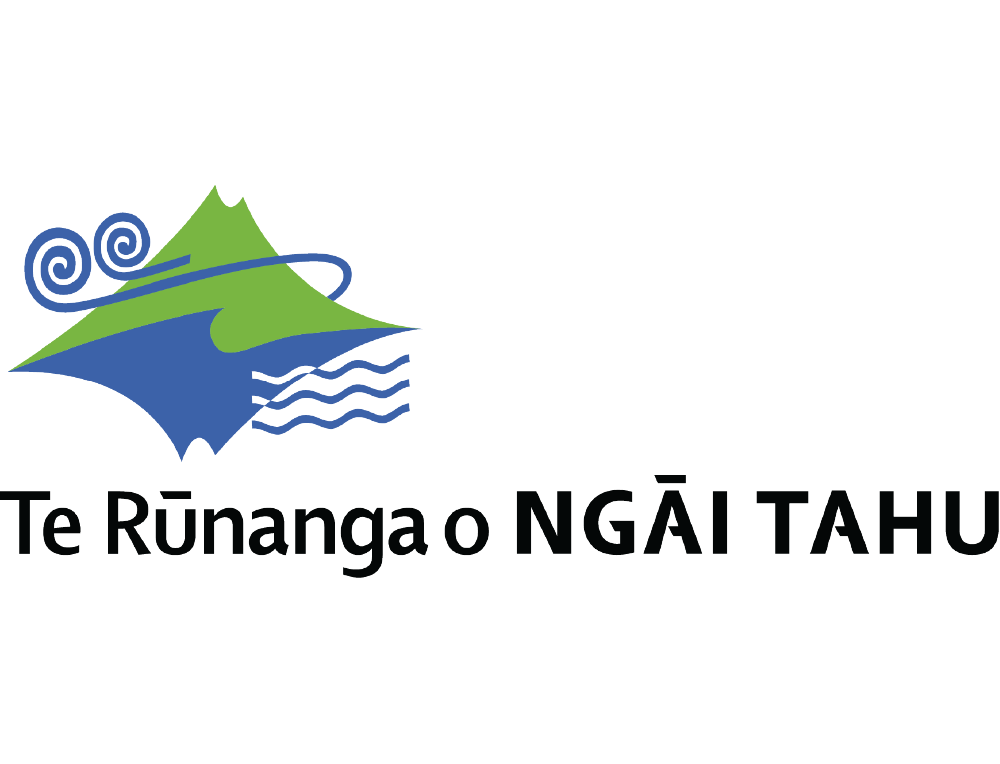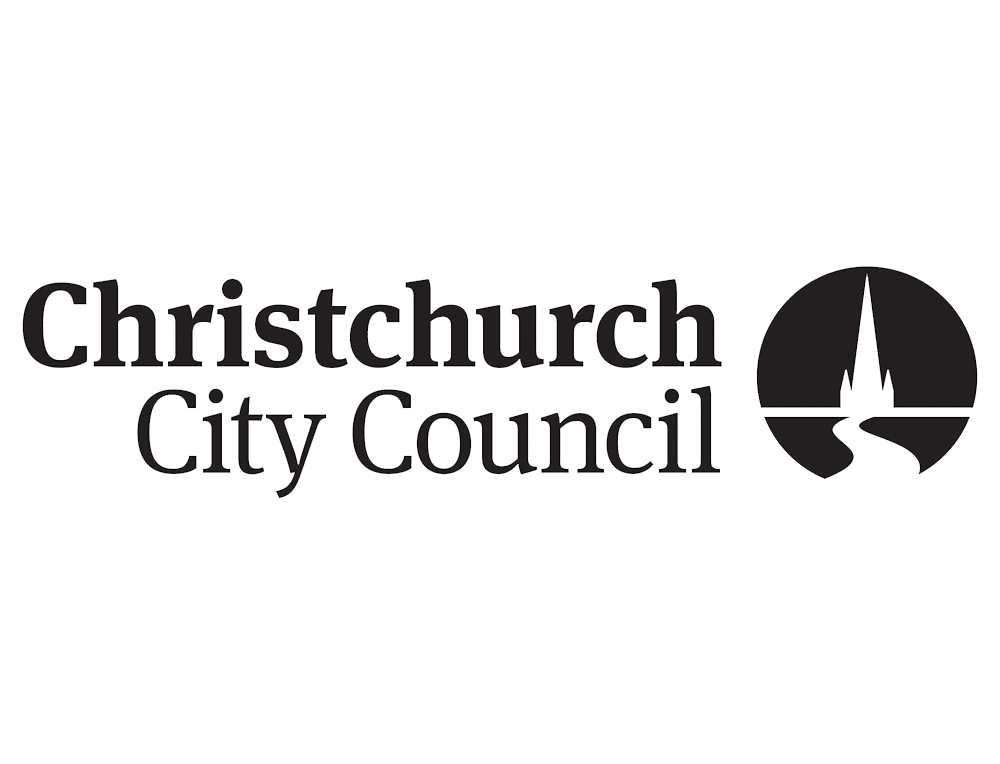With the introduction of new bylaws limiting fishing within Whakaraupé, this Q and A piece unpacks what that policy change means for the average shellfish gatherer, recreational angler, or seaweed collector.
For the ins and outs of what can and cannot be taken under this new bylaw, check out the table in this article.
What is a mátaitai?
A mátaitai is a way to recognise and provide for traditional fishing through local management. They allow customary and recreational fishing but usually don’t allow commercial fishing.
Who made up the Whakaraupé Mátaitai rules?
A committee of locals interested in recreational fishing that included representatives for communities all around the harbour. There are also science advisors involved.
What do the colours on the map represent?

Orange: The main orange area covering most of Whakaraupé is the area covered by the Whakaraupé mátaitai.
Yellow: The yellow-gridded area is the area where Lyttelton Port Company (LPC) is reclaiming/creating land so the mátaitai doesnãt exist there.
Green close-up images: The top left green image is a close up of the LPC reclamation area at Te Awaparahi Bay (the yellow area in the main image) and the middle left image is a close up of the Battery Point area of the LPC reclamation.
These close-up images were provided to assist fishers to know what is mátaitai (the orange shaded area is the mátaitai) and what is LPC reclamation.
Diamond Harbour wharf: The right close-up image is the Diamond Harbour wharf area to show fishers that the mátaitai does not include the wharf area.
The green is a close up image of the edge of the mátaitai, and the green is satellite images of the water.
Mátaitai boundaries: The mátaitai boundaries donãt go right up against the wharves because the unloading of commercial fishing vessels counts as ãcommercial fishingã which isnãt allowed in mátaitai. It was done to allow commercial fishermen to unload their catch.
As well as limiting what people can take through the mátaitai rules, what else is being done to improve fish stocks?
Over fishing is only one of a possible number of causes contributing to reduction of stocks/ecology health.
Te Hapé¨ o Ngáti Wheke (Rápaki) is working with local communities on a range of initiatives to improve the wellbeing of Whakaraupé for all recreational users.
Initiatives are aimed at matters such as water quality improvement, habitat improvement for marine species, and reseeding to speed up population growth of shellfish where conditions are right. Some of these measures are part of the Whakaraupé Catchment Management Plan (PDF file, 11 MB).
Can I collect seaweed that is washed up (i.e. not attached by holdfast)?
The rules ban people from taking most seaweed in the water excluding Undaria (algae), which is introduced species, and Karengo, which is abundant.
A reason for banning the taking of most seaweed species is that they are generally not widespread and are an important food source for some fish species.
The ban only applies to attached seaweed. It does not affect washed up seaweed.
How can I find out about fishing rules elsewhere?
On the Ministry for Primary Industries (MPI) website or by following MPI on Facebook.
What do I do if I see someone who may be breaking the rules?
If you see someone who may be breaking the Whakaraupé Mátaitai rules, please contact MPI:
- 0800 4 POACHER (0800 47 62 24)
- ncc@mpi.govt.nz. Discreetly take a photo of their car registration (if possible) to pass on to MPI. This will help them follow-up with those who may have offended.
The Fisheries Officers employed by MPI are responsible for enforcement and if you have watched Coastwatch you will have a fair idea of how MPI Fisheries Officers work.
If you think they may not understand the rules, you may wish to point them out. For example, someone with a large bucket of small snails or cat’s eyes may assume they arenãt protected. However, once they understand the rules, they will hopefully return them to the water.
Do not use physical force or stand over tactics to try and prevent illegal take. This may be dangerous and illegal.
What else can I do to help?
Consider becoming an Honorary Fisheries Officer to help ensure the rules are followed and our fishstocks are protected for our children and grandchildren to enjoy.






